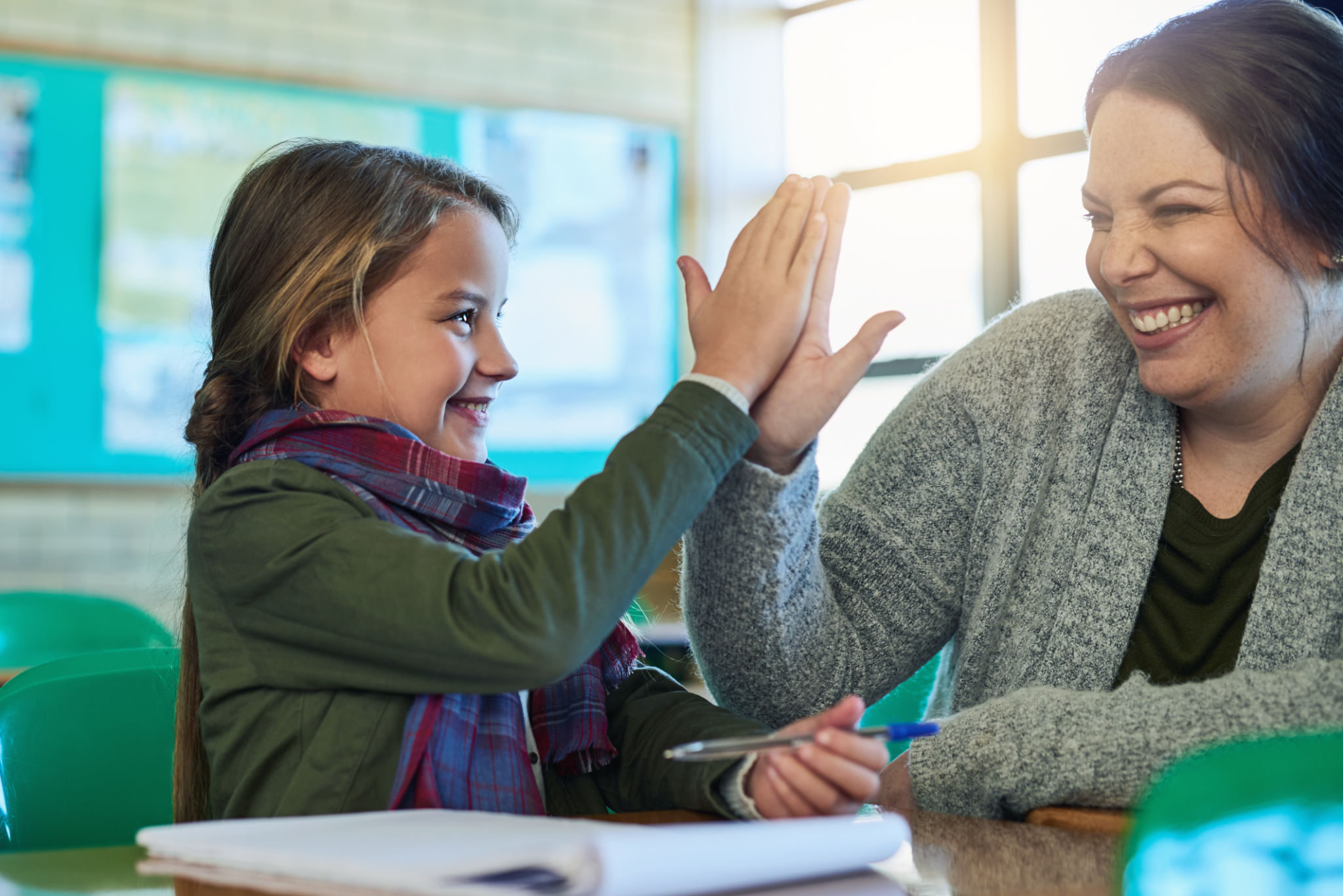How Photography Can Transform Educational Spaces Through Cognitive Design
St
The Role of Photography in Educational Spaces
Photography is more than just capturing moments; it's a powerful tool that can influence emotions, perceptions, and cognitive processes. When applied to educational spaces, photography can enhance learning experiences and create environments that stimulate creativity and intellectual growth. Understanding how photography can transform these spaces through cognitive design is crucial for educators and designers alike.

Enhancing Visual Engagement
Visual engagement is a critical aspect of learning. Photographs can capture the attention of students, making educational materials more engaging and accessible. By incorporating relevant and meaningful images in classrooms or educational content, educators can help students better understand complex concepts and retain information more effectively.
For instance, images depicting historical events or scientific phenomena can serve as visual aids that complement textual information. This multimodal approach caters to different learning styles, ensuring that all students have the opportunity to grasp the material thoroughly.
Creating an Inspiring Learning Environment
The environment in which students learn significantly impacts their motivation and concentration. Photography can play a vital role in designing spaces that inspire and stimulate the mind. By selecting images that evoke positive emotions or display aspirational figures and scenes, educators can foster an environment conducive to learning.

Moreover, photography can be used to personalize learning environments. Displaying student photographs or projects creates a sense of belonging and pride, encouraging students to take ownership of their educational journey.
Promoting Critical Thinking and Discussion
Photography can also serve as a catalyst for critical thinking and discussion in educational settings. Images that depict social issues, cultural diversity, or environmental challenges can provoke thought-provoking conversations among students. These discussions not only enhance analytical skills but also encourage empathy and understanding of different perspectives.

- Encouraging students to analyze photographs critically helps them develop observational skills.
- Discussing the context and meaning behind images fosters deeper comprehension and insight.
Supporting Memory Retention
Research has shown that images can significantly improve memory retention. The brain processes visual information more efficiently than text, making it easier for students to recall information presented through photographs. This is particularly beneficial in subjects like history, geography, or biology, where visual representation can simplify complex topics.
Incorporating images into study materials or creating visual timelines and infographics can aid students in retaining and recalling information during exams or discussions.
Conclusion: The Future of Photography in Education
As educational institutions continue to evolve, the integration of photography through cognitive design will play an increasingly important role in shaping effective learning environments. By leveraging the power of images, educators can create spaces that not only educate but also inspire and engage students, paving the way for a more enriched educational experience.
Ultimately, photography has the potential to transform educational spaces into dynamic learning hubs where creativity and knowledge thrive. As we move forward, embracing this visual medium will be essential for fostering the next generation of thinkers, innovators, and leaders.